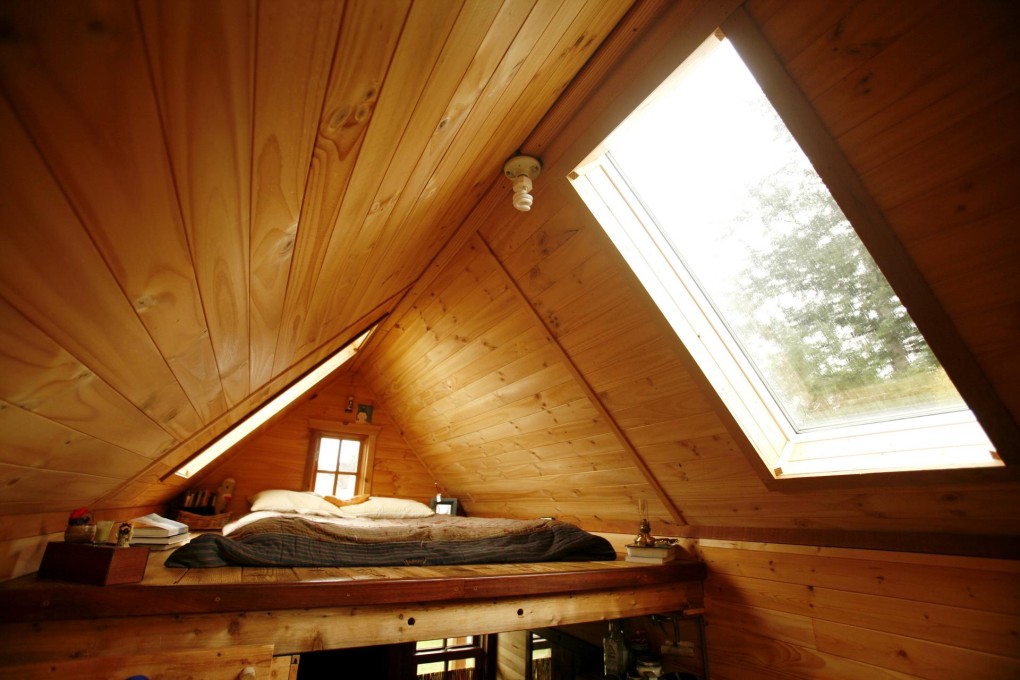House that Dee built is home sweet, tiny home
Downsizing to an 84 sq ft home she built herself was part of a radical lifestyle change for sustainability advocate Dee Williams

It's not quite the little house on the prairie: in fact, it stands in a friend's garden. But it is the house that Dee built ... every square inch of its 84 square feet.
Having heard Dee Williams' downsizing story, Hong Kong householders who believe their living quarters cramp their style - and their ability to store box after redundant box of neglected consumer baubles - might just abandon their expansionist dreams and agree that small really is beautiful.
But first, the house: a mobile, timber, A-frame dwelling parked in Olympia, Washington, in the United States, when not on show at an occasional Earth Day event. "It's 84 square feet because that's the size of the trailer it sits on," says sustainability advocate Williams from her dining table-sized "great room". "I have a kitchenette with a one-burner stove and a sleeping loft. I have an icebox instead of a fridge and a dry bathroom with a compost toilet, and I shower at work or in my neighbour's house," she adds. "There's an 11-foot ceiling, so it's not claustrophobic. To create a sense of space it's all in earth tones, with no super-bright colours. But it's less about square footage and more about what you're trying to bring into play. And I guess I just have excellent taste!"
Downsizing is rarely undertaken in such literal fashion, so Williams, 50, reveals the reasons behind her radical lifestyle change in recently published memoir The Big Tiny. The house began to take shape after she collapsed in her local grocery store and almost died. "Someone started CPR, an ambulance came and I woke up a couple of days later. Something fundamentally changes when you start to recognise your own mortality."
Williams' way of dealing with the subsequent diagnosis of congestive heart failure was to shrink her life to what was dearest and devote more time to the people closest to her. The means presented itself when she came across a magazine photograph of a small house on wheels. "I had a three-bedroom house built in 1927," she says. "It had great bones and I loved it. But I didn't love the mortgage; I was going to be 9,000 years old before I'd paid it off." The house, whose upkeep made unremitting demands on Williams' time, was sold and she gave away most of her possessions; also into the out tray went her relationship. "My sweetheart and I broke up when the heart problems started - we were both overwhelmed. But we're still friends," she says. And into her new life and new digs went all her energy, faith, doubt and dog Rooodeee. "Even now, 15 per cent of the time, I'm wondering, what was I thinking? The rest of the time I'm reminded how blessed life is.